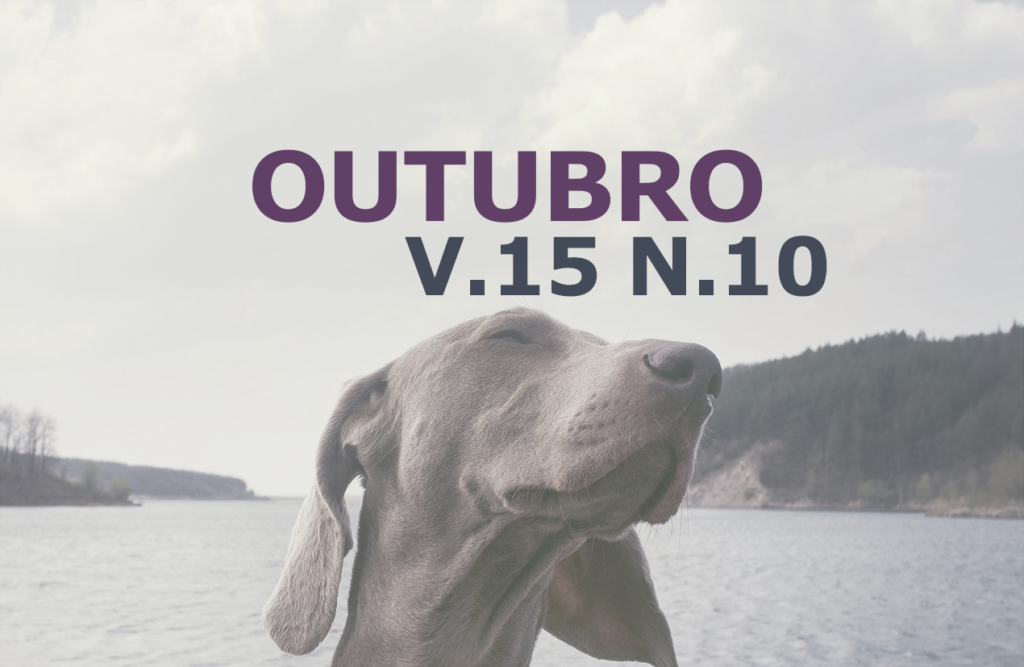Agro-silvo-pastoralism systems associated with nutritional modeling can minimize the impacts of livestock in the Caatinga biome
DOI:
https://doi.org/10.31533/pubvet.v15n10a936.1-10Keywords:
Agriculture, agroforestry, ILPF, NIRS, nutritionAbstract
The implantation of agro-silvo-pastoralism systems in the Caatinga biome is an alternative to mitigate the environmental impacts generated by agriculture. When these systems are associated with low waste generation technologies, they can optimize livestock activity and reduce production costs. Nutritional modeling makes it possible to adjust the nutritional status of the animals and when applied continuously, it can also reduce the costs of external inputs. With the application of nutritional management, it is also possible to reduce the overgrazing processes on certain species and, consequently, the processes of soil degradation. Near infrared reflectance spectroscopy (NIRS) is a technique with a high potential for analysis that makes it possible to ascertain the quality of the diet of animals grazing in livestock from the application of nutritional models. Therefore, research for the development of clean technologies such as nutritional modeling are essential to strengthen the production chain and reduce environmental impacts in the Caatinga biome.
Downloads
Published
Issue
Section
License
Copyright (c) 2021 Ana Karina de Lima Chaves, Rafael Gonçalves Tonucci, Roberto Cláudio Fernandes Franco Pompeu, Marco Aurélio Delmondes Bomfim, Patrício Leandro Pereira, Valcicleide Oliveira dos Santos, Renato Gomes Fontinele

This work is licensed under a Creative Commons Attribution 4.0 International License.
Você tem o direito de:
Compartilhar — copiar e redistribuir o material em qualquer suporte ou formato
Adaptar — remixar, transformar, e criar a partir do material para qualquer fim, mesmo que comercial.
O licenciante não pode revogar estes direitos desde que você respeite os termos da licença. De acordo com os termos seguintes:
Atribuição
— Você deve dar o crédito apropriado, prover um link para a licença e indicar se mudanças foram feitas. Você deve fazê-lo em qualquer circunstância razoável, mas de nenhuma maneira que sugira que o licenciante apoia você ou o seu uso. Sem restrições adicionais
— Você não pode aplicar termos jurídicos ou medidas de caráter tecnológico que restrinjam legalmente outros de fazerem algo que a licença permita.





